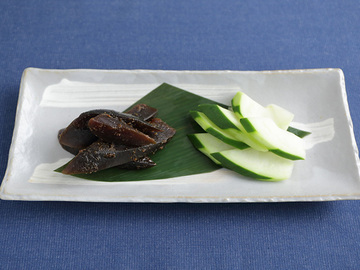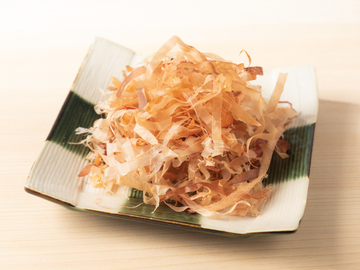Kagoshima | Traditional Foods in Japan
Kagoshima

Food Culture Unique to Kagoshima: Fusion of Southern and Continental Cultures
Located in the southern part of Kyushu, Kagoshima Prefecture consists of the Satsuma Peninsula, the Osumi Peninsula, and several remote islands. Surrounded by the Pacific Ocean and the East China Sea, the prefectural land has a 2,643-km coastline where fish thrives.
Home to 11 active volcanoes, Kagoshima Prefecture is traversed by the Kirishima volcanic zone that includes Mt. Kirishima, Mt. Sakurajima, and Mt. Kaimon. As a result, most of the area is covered by a thick layer of shirasu (volcanic ejecta). Looking east across Kagoshima Bay (Kinko Bay) from downtown Kagoshima City, Mt. Sakurajima looms majestically in the distance. The view of this volcano with its towering smoke is a daily sight for the locals.
Taking advantage of its geographical location at the southernmost tip of the mainland, Kagoshima has traditionally traded with China, Korea, and Southeast Asia. Foreign trade supported the domain’s finances and enabled it to keep trade outposts in coastal areas even after the Middle Ages.
Trade with southern regions and the continent resulted in the introduction of sugar cane, sweet potatoes, peanuts, and Moso bamboo, among others. Over time, people began to use these plant products in their cooking, which became established as part of Kagoshima’s food culture. During the Ritsuryo era, provincial government capitals were set up in Satsuma and Osumi and the culture of Kyoto was introduced. These influences merged with Kagoshima’s unique culture to create a diverse food culture.
Kagoshima is a prefecture with one of Japan’s largest number of inhabited remote islands. As many as 26 islands spread out in the prefecture’s territory, which extends some 600 kilometers from north to south. These islands offer a diverse natural environment from temperate to subtropical climates, with each island fostering its own special culture.
As Kagoshima Prefecture had early exchanges with the southern regions and the continent through its maritime transportation network, the fusion of domestic lifestyle and culture with foreign influences has led to the creation of one of the world’s most distinctive food cultures.

Traditional Foods in Kagoshima


Kagoshima
Karukan

Kagoshima
Buta Miso

Kagoshima
Akumaki

Kagoshima
Miki

Kagoshima
Nari Miso

Kagoshima
Yamakawa-Zuke

Kagoshima
Fukuregashi

Kagoshima
Bontan-Zuke

Kagoshima
Akumochizake

Kagoshima
Getanha

Kagoshima
Karaimoame

Kagoshima
papayazuke

Kagoshima
Kasha Mochi

Kagoshima
Kibisu

Kagoshima
Garlic Pickled in Salt
Contact
Food Cultures Office, Overseas Market Development and Food Cultures Division, Food Industry Affairs Bureau, Ministry of Agriculture, Forestry and Fisheries
Tel:+81-3-3502-5516









